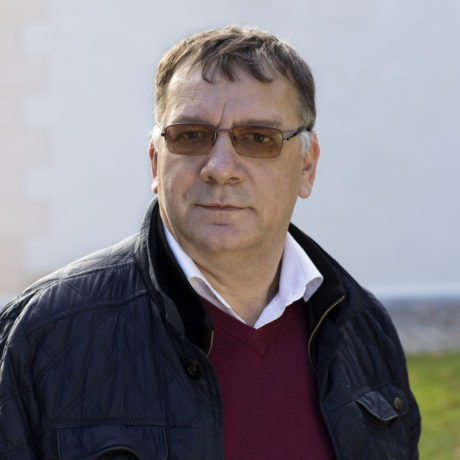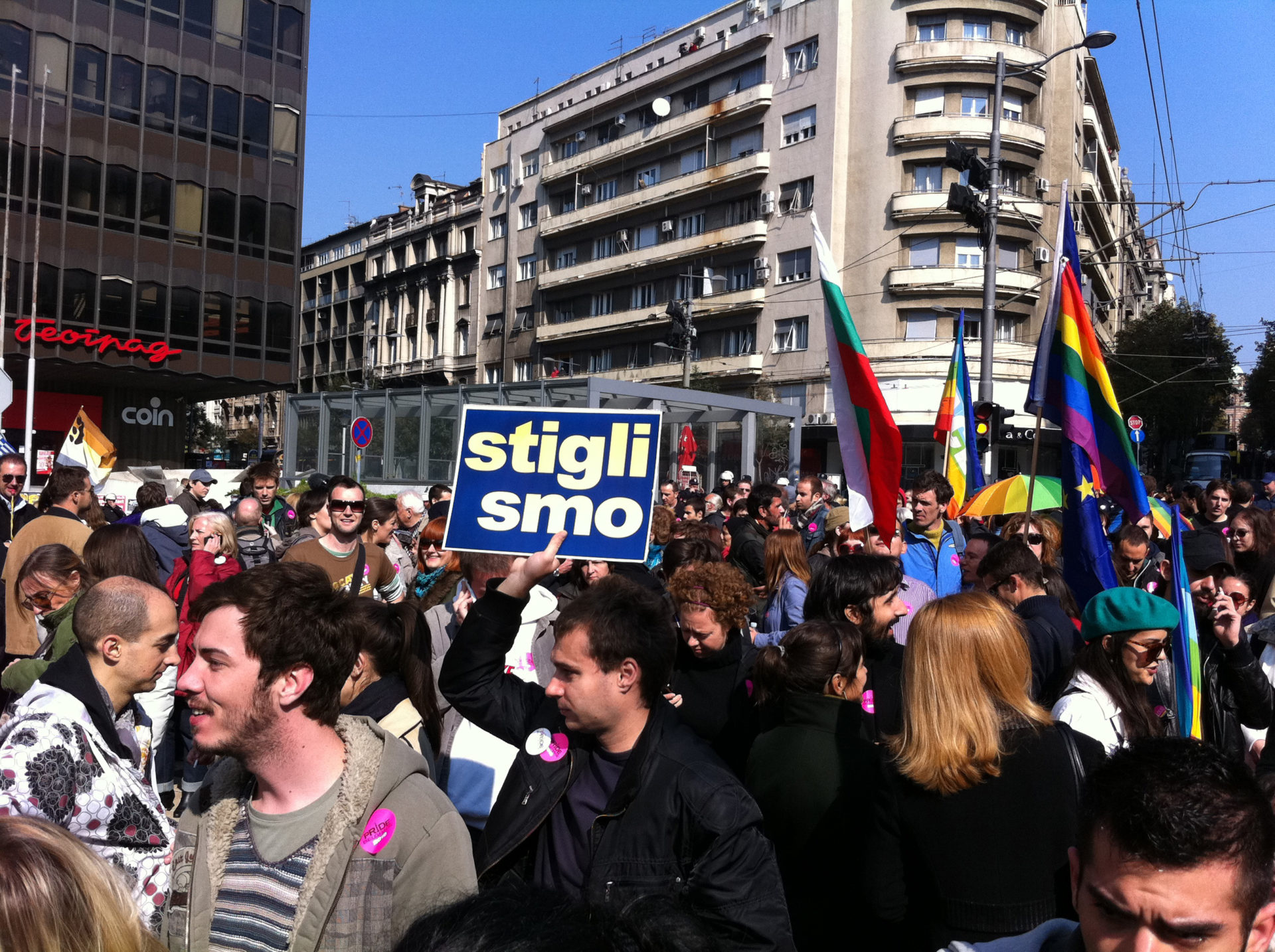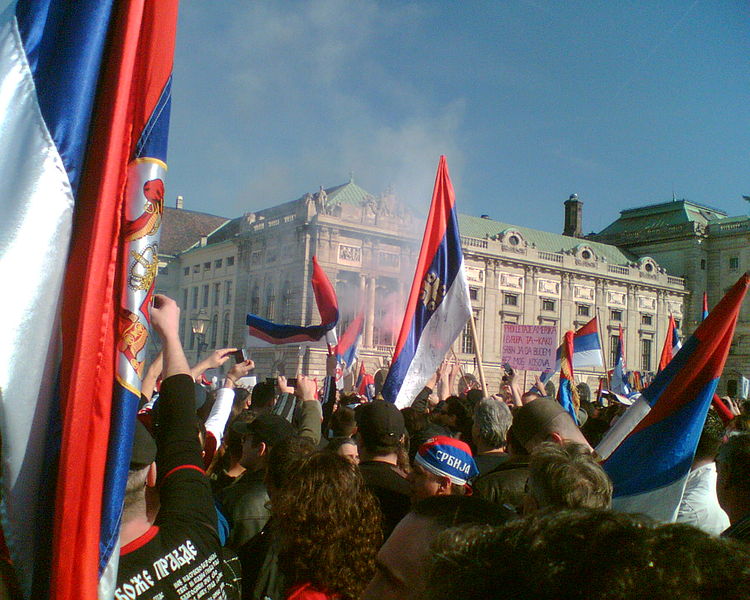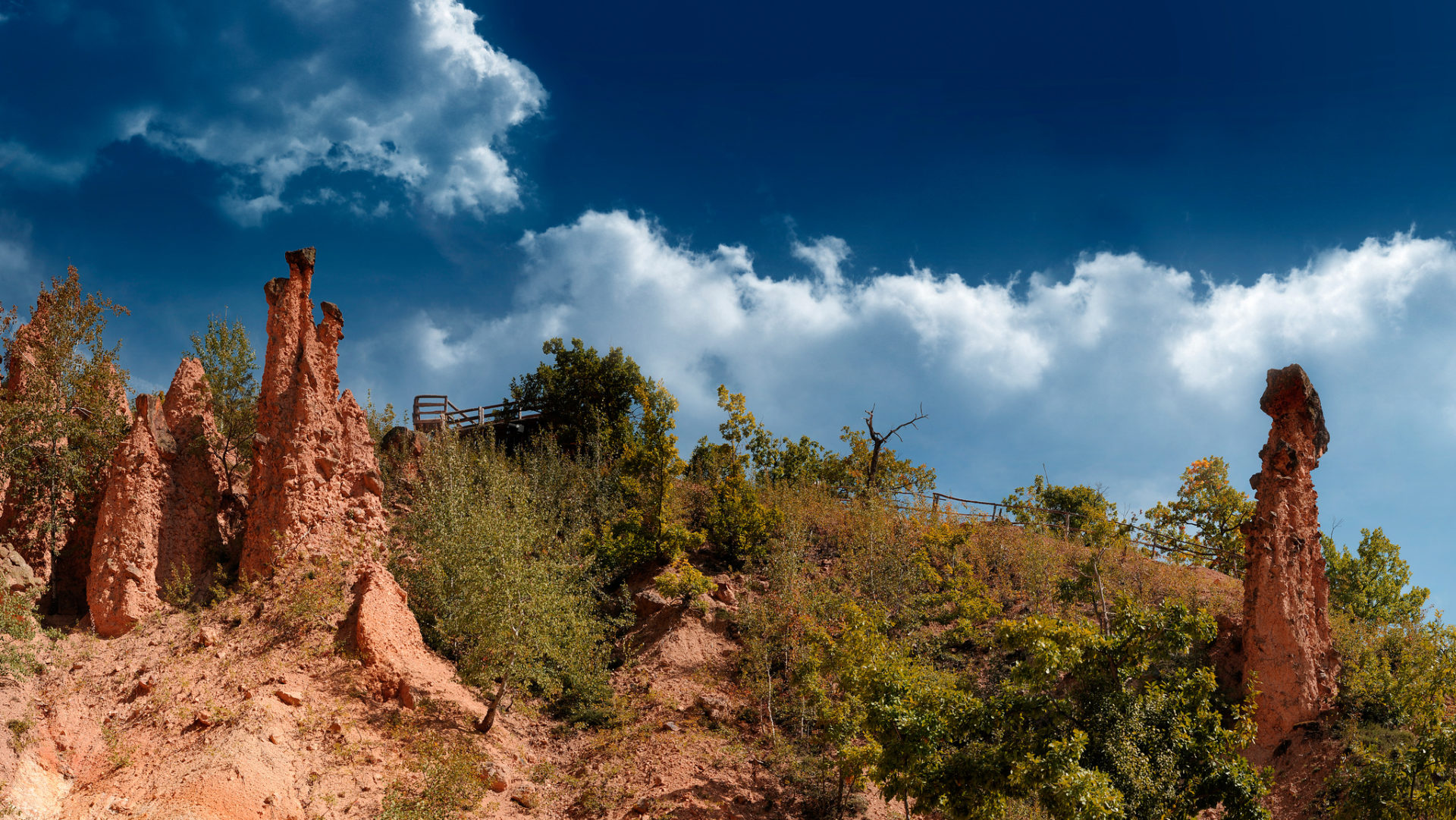
Serbia
- Governance: Republic
- Capital: Belgrade
- Population: 7.3 million
- Religion: Orthodox Christianity, catholic Christianity, Islam
- Language: Serbian, Hungarian, Albanian
- Location: Balkans, Europe
- Democracy index: Free, 73/100
Around 80 per cent of the Serbians are orhodox christians. The orthodox church therefore has a strong standing, the same does the slavic celebration “Krsna Slava”. Most serbian families has their own patron saint, which the Slava-celebration are dedicated to. The “Krsna Slava” tradition honors and maintains the connection to the ancestors and origin of the Serbs.
Serbia today
Serbia is the only state in Western Balkans still in conflict with the international community because of its role in the Yugoslav wars. Serbia still does not recognize Kosovo as an independent state, this impedes Kosovo’s membership in most international organisations (such as the EU and the UN) – but also the Serbian. Serbia’s recognition of Kosovo is one of the EU’s most important requirements. The difficult relationship with the rest of the world posed a major challenge: Serbia suffered for a long time from international sanctions that were introduced during the civil war in Bosnia.
The human rights situation in the country is not optimal. The situation is difficult for minorities, and especially for those who are part of the LGBTI-community. There is also a lack of freedom of the press, limited rule of law and corruption. Many young people have fallen outside work, resulting in them leaving Serbia with hopes of finding happiness in the west. They often leave with the intention of never returning.
NHC
The Norwegian Helsinki Committee (NHC) has been active in Serbia since the early 1990s. The NHC was among the organisations supporting the establishment of the Serbian Helsinki Committee. The involvement has also involved support for independent media, closed institutions and projects aimed at the situation of LGBTI-people.
NHC has, in co-operation with local organisations, observed human rights and democratic development in Serbia for more than 20 years. NHC has also organised more than 50 human rights schools for over 1200 participants. In collaboration with universities from Novi Sad and Novi Pazar we have also had regional projects dealing with the role of universities in peacebuilding.
History
The Slavs settled in the Balkans around the year 600, and Serbia was no exception. The first Serbian state emerged in the 1000s and it was called the Serbian medieval kingdom. Around the 1300s, the Serbian medieval kingdom covered large parts of the Balkans – both Montenegro, Albania, Macedonia, northern Greece and Serbia – the Serbian Kingdom had reached its peak. However, the Serbian empire later resolved, and the Ottomans took control for 400-500 years after the Battle of Kosovo in 1389. The Serbs lost, but in the upcoming centuries, the battle became the central motive of Serbian identity: memories of Serbia’s greatness continued in folk songs and poetry.
Serbian resistant movements arose in the 19th century. It resulted in a Serbian autonomous principality under Ottoman supremacy. In 1878, Serbia was finally recognized as an independent state, and the idea of another Great Serbia began to grow. The predecessor of Yugoslavia was established after the first world war: The Kingdom of Serbs, Croats and Slovenes. Yugoslavia existed until the beginning of the 1990s when several of the states broke out and became independent. Both Serbia and Montenegro “remained” in Yugoslavia, which was renamed in 2003 to Serbia and Montenegro. A number of armed conflicts broke out in the former Yugoslav states, and despite the fact that Serbia did not officially participate in the war, they supported the outbreak-republics. Serbia and Kosovo had a particularly tense relationship as Kosovo wanted to detach from Serbia (which they did in 2008). It all culminated in international sanctions against Serbia and in 1999 NATO started the bombing of targets throughout Serbia.
Serbia and Montenegro divided in 2006 and Serbia was again an independent state. Kosovo and Serbia entered into peace talks in 2011, and in January 2014, accession talks between Serbia and the EU began.
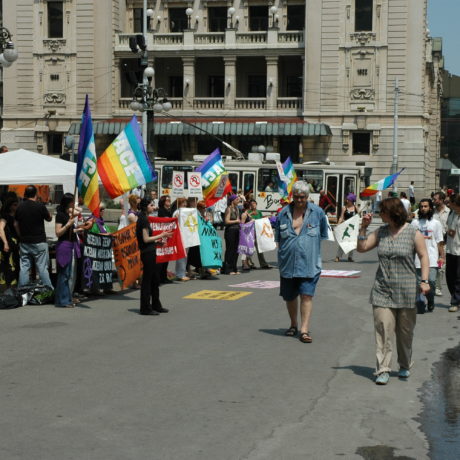
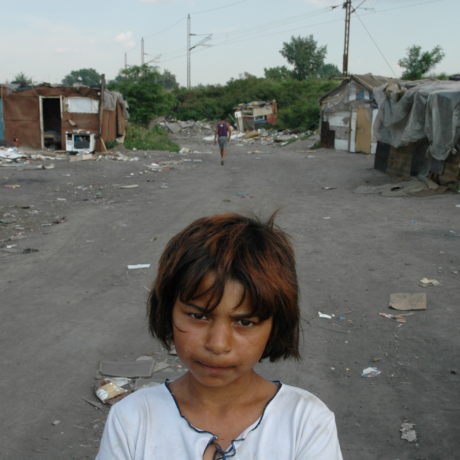
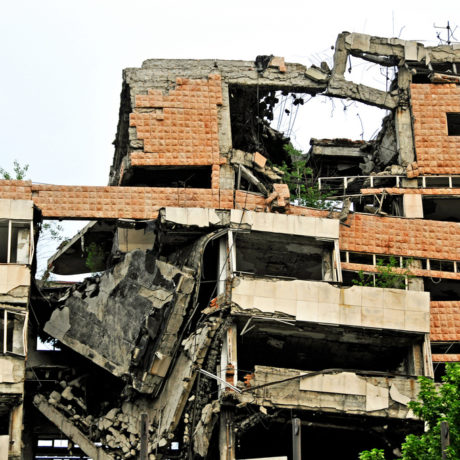
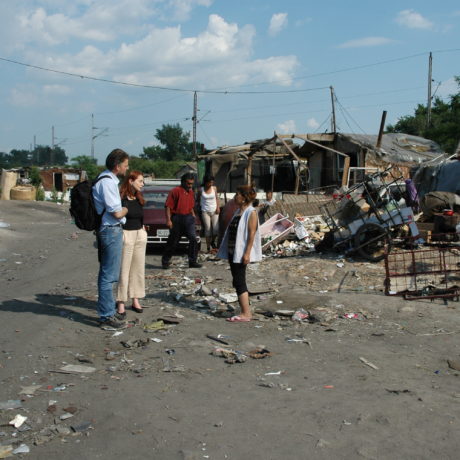
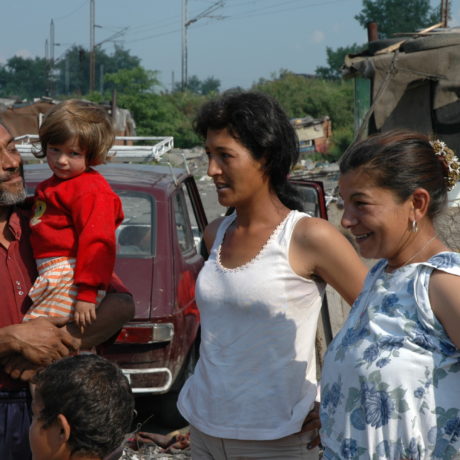
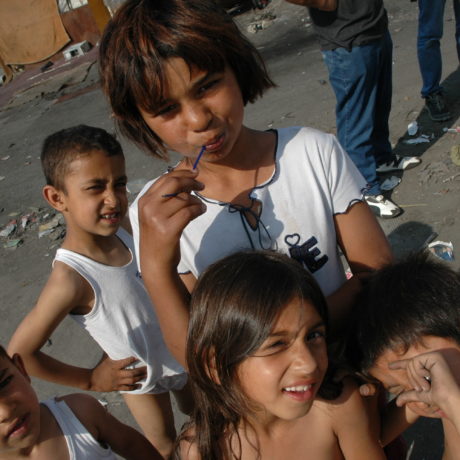
Timeline
- 1389: The Battle of Kosovo
- 1878: Serbia becomes independent
- 1912-1913: Balkan Wars
- 1919: Yugoslavia’s predecessor was established: The Kingdom of Serbs, Croats and Slovenes
- 1941: Serbs fight fascism
- 1945: Yugoslavia reunited
- 1991: The resolution of former Yugoslavia, Serbia and Montenegro becomes a federal federation
- 1999: NATO-bombing of Serbia
- 2003: Change of name. The state is now called Serbia and Montenegro
- 2006: Serbia becomes independent
- 2013: Brussels agreement: normalizing the relations between Serbia and Kosovo
- 2018: Serbia has still not recognized Kosovo as an independent state

